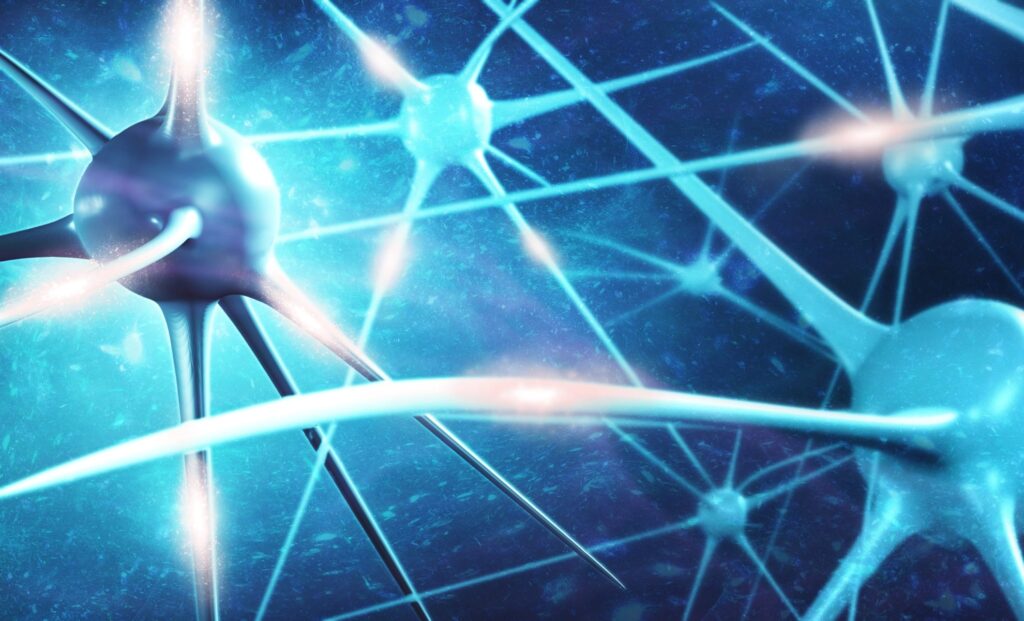The experiment marks a turning point in neuromorphic engineering, bringing synthetic neurons closer than ever to imitating their biological counterparts in both structure and function. This breakthrough dramatically narrows the divide between machines and the human brain.
The advance comes after years of attempts to build artificial neurons that could seamlessly link with living tissue. Most earlier models either consumed excessive energy or lacked compatibility with the brain’s watery environment. What sets this new development apart is its ability to transmit signals at the same voltage and energy level as real neurons — using protein nanowires derived from bacteria to do it.
The result is a synthetic cell that not only behaves like a biological neuron but can also interact with one in real time, without overloading it. That kind of precision could have lasting implications for how we design neural interfaces, medical sensors, and perhaps one day, prosthetic devices that think and feel.
A Neuron That Whispers, Not Overloads
In the field of bioelectronic communication, one of the biggest obstacles has been finding a way to talk to neurons without overwhelming them. Previous artificial models typically blasted signals at intensities far above what real brain cells are built to handle. “That’s like an artificial neuron screaming at the top of its lungs,” said lead researcher Jun Yao, quoted by ScienceAlert.
Yao’s team addressed this by engineering a synthetic neuron that operates at just 0.1 volts, the same voltage as those used naturally in the body. That level of signal is low enough to be picked up easily by real neurons without triggering overload or signal distortion. Earlier artificial neurons, by comparison, used ten times more voltage and consumed 100 times more power.
By reducing the energy demand and mimicking the quiet signature of brain signals, this new neuron behaves far more like the real thing. It doesn’t just simulate a neuron — it engages with one, in its own language.

Biologically Compatible Materials
A major factor behind the success of the project is the use of protein nanowires harvested from Geobacter bacteria. These microscopic filaments conduct electricity and are naturally suited to functioning in wet, biological environments — something traditional synthetic materials have struggled to achieve.
These protein nanowires allowed the researchers to build a device that could operate within the fluid-filled space where neurons live, without breaking down or interfering with surrounding tissue. This opens the door to future devices that could exist comfortably within the human body — not just on the skin or as external hardware.
More importantly, the natural composition of these nanowires means they can form stable electrical interfaces with living cells, acting as a kind of biological bridge between synthetic and organic systems.
A Step Toward Seamless Bio-Electronic Interfaces
Beyond basic neuron communication, the research has broader implications for wearable and implantable technologies. Most current devices require signal amplification to register and interpret electrical activity in the body. That process consumes more power and adds design complexity.
“Every time they sense a signal from our body, they have to electrically amplify it so that a computer can analyze it,” Yao explained. The neuron developed at UMass Amherst removes the need for that intermediate step. Because it naturally operates at low voltages, it can potentially work as part of a sensing system without any added amplification hardware.
This could pave the way for new types of brain-machine interfaces, or sensors that directly detect and respond to neural activity in real time — using the body’s own electrical language as input.

